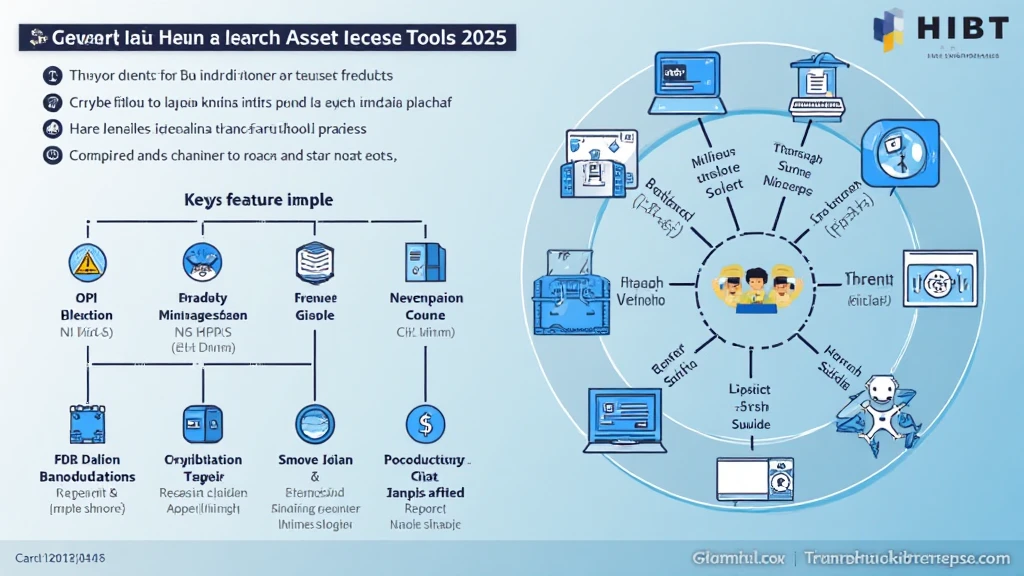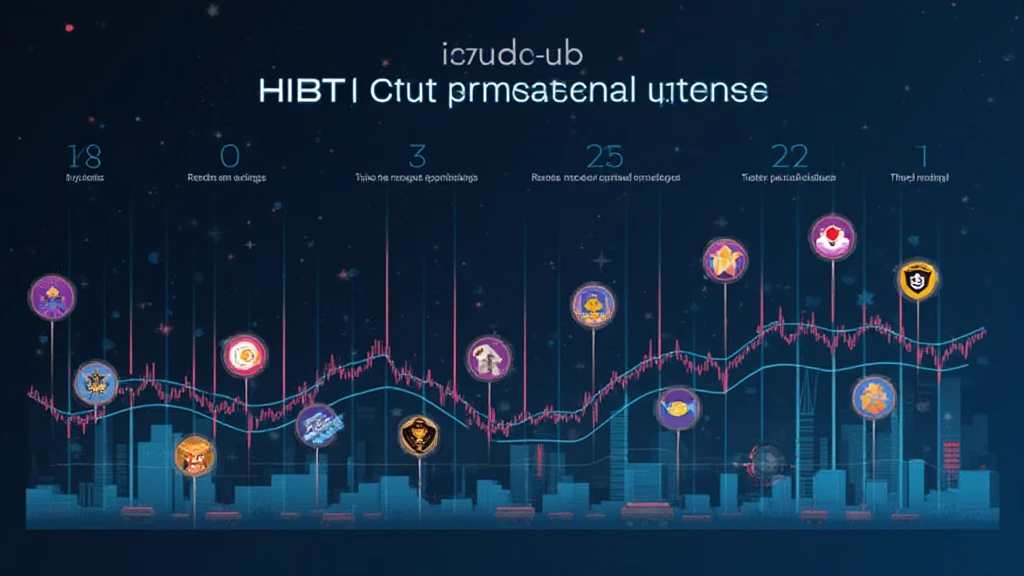Introduction: Understanding the Threat Landscape
With $4.1 billion lost to DeFi hacks in 2024 alone, the surge in flash loan attacks poses severe risks to Bitcoin and DeFi ecosystems. A recent report indicates that the majority of DeFi platforms tackle inherent vulnerabilities but fail to bridge the gap between technology and security. Here, we’ll delve into the prevalence of flash loan attacks, shed light on potential risks, and outline how both developers and users can mitigate these threats proactively.
The Anatomy of Flash Loans
Flash loans represent a disruptive innovation in the DeFi space, allowing users to borrow capital without collateral for a brief moment. Here’s the catch: if the borrower can’t return the borrowed funds within the same transaction, the lapse results in automatic transaction reversion. Because these loans operate in quick succession, it allows borrowers to exploit market inefficiencies, often resulting in significant gains. However, this feature can also be weaponized to orchestrate attacks against decentralized finance platforms.
How Flash Loans Work
- Instant Borrowing: Users can borrow large amounts of cryptocurrencies without providing collateral, usually for investment or yield farming purposes.
- Transaction Reversion: If the conditions aren’t met, the transaction is canceled; thus, no risk seems to exist for the lender.
- Exploitability: Attackers can manipulate the market during the transaction window to profit illicitly.
Common Flash Loan Attack Vectors
When it comes to hacking and exploiting DeFi protocols, flash loans can be intricately linked to a range of attack vectors. Here are the three most common types.

1. Price Manipulation
Attackers can borrow significant amounts and subsequently alter token prices, allowing them to buy low and sell high at manipulated prices. This price fluctuation undermines liquidity pools and affects unaware users.
2. Oracle Exploits
Decentralized oracles play a crucial role in feeding real-time price data into DeFi platforms. Attackers can exploit a decentralized oracle that allows users to secure funds based on incorrect price data, leading to undue rewards.
3. Liquidation Attacks
During volatile market conditions, attackers can trigger a liquidation of collateralized positions using flash loans. When users are liquidated, it creates an opportunity for the attacker to repay the flash loan while pocketing the excess funds.
Real-World Examples of Flash Loan Attacks
Understanding prior incidents can illuminate the necessity for security vigilance in the DeFi landscape:
- bZx Incident (2020): An attacker exploited the protocol with a flash loan, siphoning nearly $1 million in various assets by manipulating prices.
- Origin Protocol Incident (2020): Utilizing a flash loan, a hacker made off with $7 million by manipulating their liquidity pool.
- Yearn Finance Exploit (2021): By heavily leveraging flash loans, the attacker drained liquidity pools, resulting in substantial losses for users.
Mitigating Risks: Best Practices for Developers and Users
To mitigate the risks associated with flash loan attacks, targeted strategies must be employed by both developers and users. Here’s how to secure your investments:
For Developers
- Implement Rate Limiting: By controlling the amounts that can be borrowed within a specific time frame, developers can lessen rapid exploit potentials.
- Auditing Smart Contracts: Regularly conduct comprehensive audits to identify vulnerabilities before they can be exploited—for more on this, read our guide on how to audit smart contracts.
- Improve Governance Models: Opt for decentralized governance that enables prompt decision-making to address vulnerabilities swiftly.
For Users
- Utilizing Secure Wallet Solutions: Opt for hardware wallets like the Ledger Nano X, which reduce risks by storing assets offline.
- Be Informed: Monitor platforms often targeted by flash loan attacks and stay updated with market trends and security measures.
- Decentralized Insurance: Consider utilizing platforms offering crypto insurance for added security against potential losses.
The Future of Bitcoin and DeFi Security in Vietnam
Vietnam has witnessed significant growth in crypto adoption, with over 40% of the population engaged in digital assets. Nevertheless, as the popularity of DeFi protocols soars, the urgency of ensuring robust security measures intensifies.
With top-notch blockchain standards such as tiêu chuẩn an ninh blockchain being adopted, Vietnamese platforms are expected to mitigate risks proactively, guiding the secure interaction of investors. Utilizing international frameworks while keeping local conditions in mind will ascertain a secure ecosystem.
Conclusion: Building a Safer Crypto Landscape
In summary, flash loan attacks represent a significant threat to Bitcoin and the DeFi universe. By comprehensively understanding how these attacks occur and implementing preventive measures, both developers and users can actively participate in securing digital assets. Encrypting security practices in accordance with evolving standards not only tracks risks but also builds a trustworthy environment for collaboration and investment.
Stay vigilant and prioritize security best practices to navigate this ever-evolving landscape. For expert insights into current trends and standards, visit cryptocoinnewstoday.
**Author:** Dr. Andrew Chen, a blockchain security specialist and advisor, has published over 50 papers in cryptocurrency and blockchain technology, leading audits for prominent DeFi projects globally.





